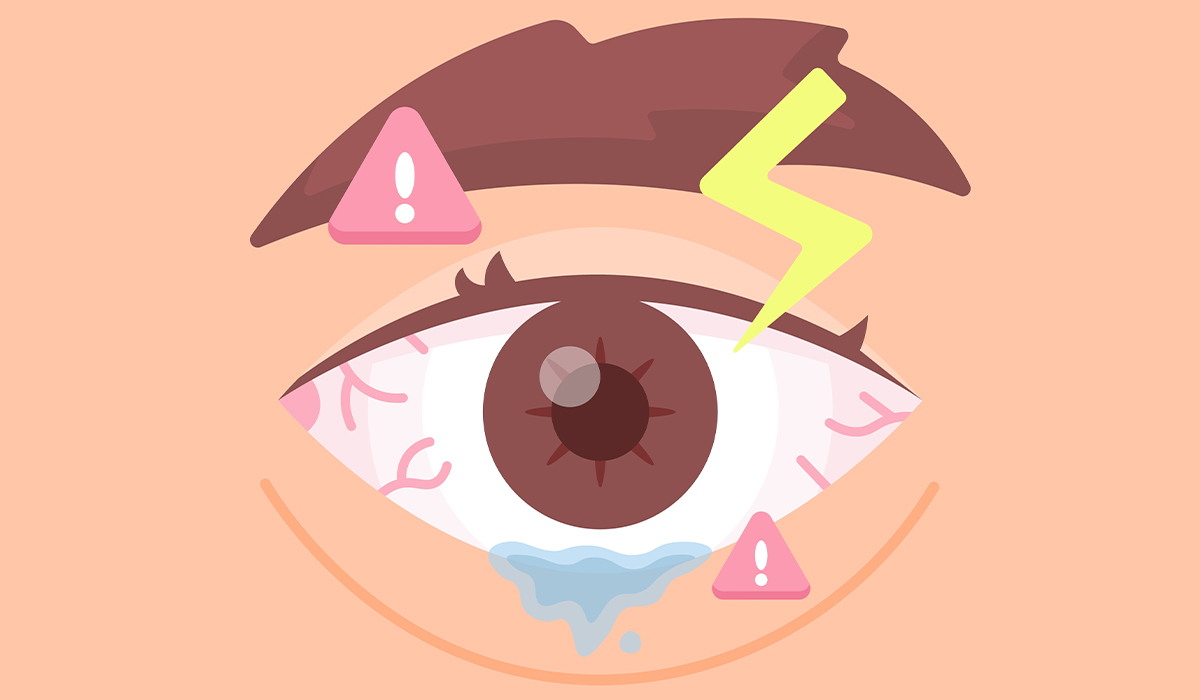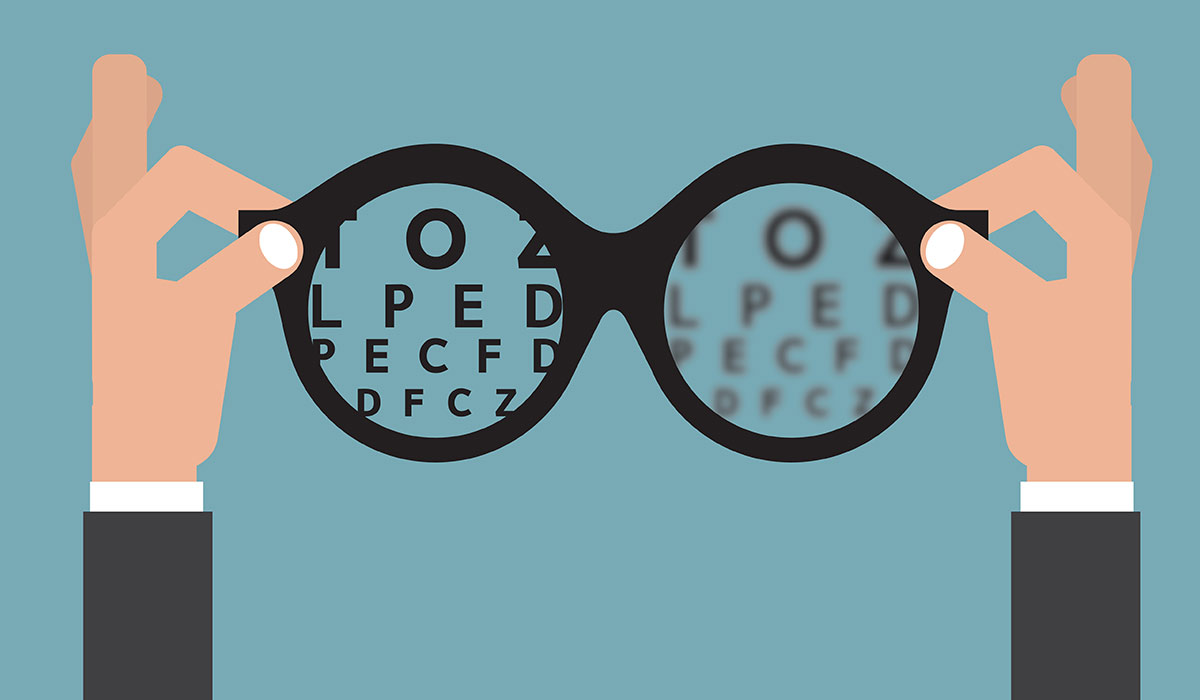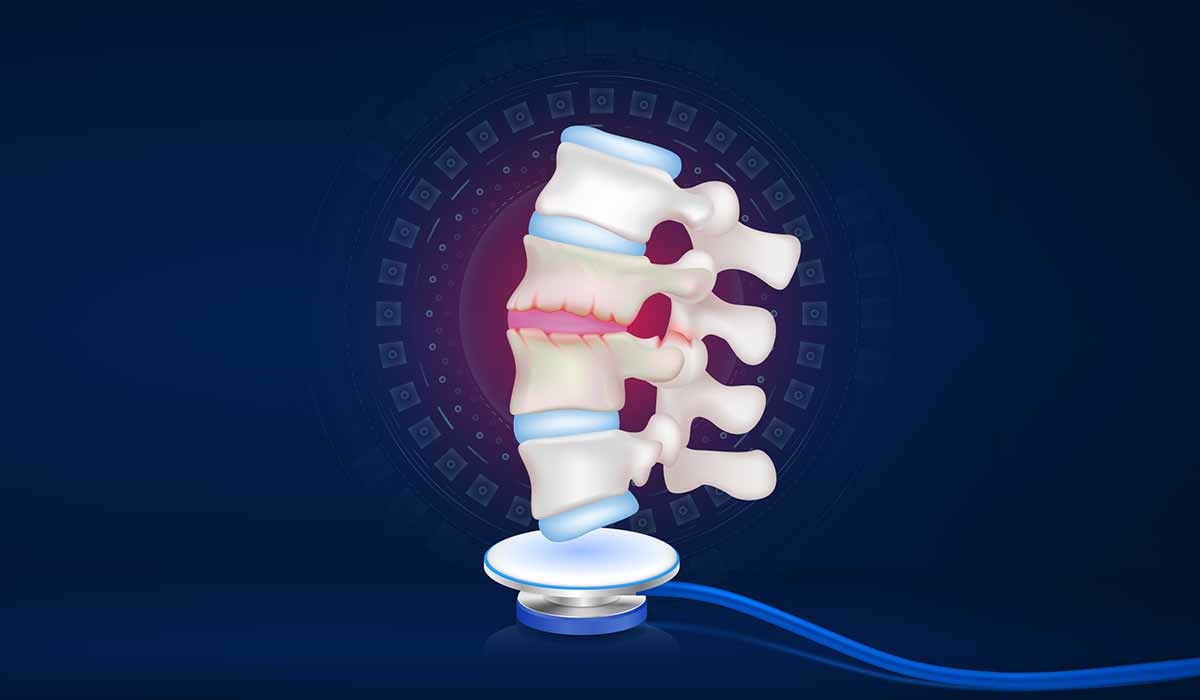Uveitis is when the uvea, the central section of the eye that consists of the iris, ciliary body, and choroid, becomes inflamed. This inflammation can end in several outcomes that impact vision. There are miscellaneous variations of Uveitis, classified according to the particular sector of the uvea affected by inflammation and the potency of this inflammation.
Symptoms of Uveitis can encompass redness in the eyes, discomfort, blurry vision, vulnerability to light, and witnessing dark floating spots in your vision. It may affect one or both eyes and can surface suddenly or gradually over time.
Multifaceted factors incite someone to obtain Uveitis, such as autoimmune conditions where the organism turns on itself, acquiring infections, sustaining eye injuries, or exposure to dangerous materials. Sometimes, medical teams do not understand why it emerges; they refer to this variant as idiopathic Uveitis.
An ophthalmologist conducts a comprehensive examination of the eyes to unearth whether an entity is suffering from Uveitis. It encompasses investigating the clarity of vision, assessing the eye's internal pressure, and inspecting multifaceted eye segments using competent instruments. They may need to draw blood, operate equipment for internal eye imaging, or analyze eye fluids to determine the cause of swelling.
Treating Uveitis decelerates inflammation, relieves pain, and halts extra complications. Treatment can encompass corticosteroids to lower the swelling, drugs that suppress the immune reaction, or antibiotics if the infection causes inflammation. Surgery can sometimes be necessary to reimpose the harm in the eye inflicted by uveitis or related issues.

Statistics present Uveitis emerges habitually, invading about 0.2% to 0.8% of the global population. It can surface at any age but most customarily affects individuals between 20 and 60![]() . Moreover, Uveitis can appear in representatives of all races and ethnic backgrounds without betraying a clear preference for any particular cluster of individuals.
. Moreover, Uveitis can appear in representatives of all races and ethnic backgrounds without betraying a clear preference for any particular cluster of individuals.
The amount of uveitis cases and its prevalence can vary depending on a person's location, genetic features, and surrounding environment. Regions with higher instances of autoimmune diseases or infections may experience elevated occurrences of Uveitis. On top of that, augments in diagnostic tactics and a growing understanding among healthcare veterans may provide a boon to the recognition and recording of uveitis cases.
Uveitis can emerge by itself but is routinely associated with multifaceted systemic diseases. These encompass conditions where the organism's immune network turns against itself, such as rheumatoid arthritis, ankylosing spondylitis, and inflammatory disorders affecting the digestive network. Viruses such as herpes simplex or cytomegalovirus and infections like toxoplasmosis may also lead to the emergence of Uveitis. Moreover, if the eye is compromised or encounters dangerous substances, swelling in the uvea can occur.
Miscellaneous aspects of Uveitis emerge with varying frequencies; anterior Uveitis, which affects the front section, is more customary and accounts for approximately 50 to 70 percent of all cases. The types that impact the middle and rear sections, intermediate and posterior Uveitis, are rarer. Panuveitis, where every layer of the uvea experiences inflammation, is relatively unheard of.

Uveitis can arise from many factors, such as conditions where the body's immune workings mistakenly attack its tissues, infections caused by bacteria or viruses, injuries to the eye, or exposure to dangerous chemicals.
Indispositions like rheumatoid arthritis, lupus, and ankylosing spondylitis show how the organism's organic guard can incorrectly attack healthy components inside zones like the eye. This immune countermeasure can trigger inflammation within the uvea, ending in Uveitis.
Infections can, too, cause Uveitis. Viruses such as herpes simplex![]() , cytomegalovirus, varicella-zoster, and bacterial and parasitic infections may damage the eye or set off immune countermeasures that lead to inflammation. Occasionally, the real cause of Uveitis can be an infection requiring specific treatment to eradicate bacteria.
, cytomegalovirus, varicella-zoster, and bacterial and parasitic infections may damage the eye or set off immune countermeasures that lead to inflammation. Occasionally, the real cause of Uveitis can be an infection requiring specific treatment to eradicate bacteria.
When an object strikes the eye forcefully, or a sharp object enters it, this can harm the minuscule elements within the eye and cause swelling. When such injuries cause traumatic Uveitis, we refer to it as such. It can begin immediately after an injury or emerge if elevated swelling or conditions such as cataracts or glaucoma originate.
If the eye touches certain harmful substances or chemicals, it can begin to puff up inside and cause Uveitis. These hazardous factors are in air pollution, workplace chemicals, and medications. Sometimes, Uveitis originates due to an adverse reaction from specific medicines, known as drug-induced Uveitis.
Apart from the major causes, Uveitis can blossom without an identifiable factor called idiopathic Uveitis. In such scenarios, the origin of the inflammation remains uncharted despite thorough examinations and testing. Uveitis with no identifiable cause can be classified based on the location of inflammation within the eye, such as front Uveitis, middle Uveitis, back uveitis, or a variant known as panuveitis, where the swelling originates throughout.
It is key to unearth what causes Uveitis and manage it duly. When medical masters know what starts the inflammation, they can better treat symptoms, dodge more health instances, and help patients with Uveitis get positive results from their treatment.
Symptoms of Uveitis can vary depending on the severity of inflammation in the eye. Many individuals experience discomfort in their eyes, observe redness and unclear vision, face difficulties with solid light, and see floating dark spots when viewing objects. Symptoms of this condition could affect just one eye or maybe both, and how strong they are can change from mild to very severe.
When you have Uveitis, your eye might hurt with a mild ache or severe sting, and this discomfort can increase when you look around. The affected eye usually becomes red as the blood vessels get more comprehensive from inflammation, causing the eyelids or white part of the eye to swell up.
Occasionally, when parts of the eye that direct light onto the retina become swollen, your vision can be unclear. It may result in difficulty seeing objects clearly at close and distant ranges. Photophobia, when the light seems too intense for one's eyes, can cause discomfort or even pain in bright areas. It leads to a preference for being in dimmer spaces.
Floaters are small, dark figures or dots![]() that appear to drift through your vision. They occur due to inflammatory cells or particles present in the vitreous humor, a gel-like substance filling the interior of your eye. Floaters might be seen more clearly on bright backgrounds and can change shape or move as you look around.
that appear to drift through your vision. They occur due to inflammatory cells or particles present in the vitreous humor, a gel-like substance filling the interior of your eye. Floaters might be seen more clearly on bright backgrounds and can change shape or move as you look around.
Apart from primary symptoms, Uveitis may cause additional problems such as headache, eye fatigue, and altered color perception. If left untreated, this illness could lead to more complications, like higher pressure in the eyes, cataracts forming within the eye structures, damage to the retina, or even potential blindness. It is essential for individuals who show symptoms that could suggest Uveitis to seek medical assistance promptly to receive an accurate diagnosis and treatment.

To determine whether a person has Uveitis, they must undergo an extensive examination by an ophthalmologist.
This specialist possesses a deep knowledge of eye conditions and begins with a thorough assessment of the individual's visual clarity. They utilize specific instruments to examine various eye components and measure internal pressure. During the examination, an optometrist may observe redness, swelling, or a blurry cornea that suggests inflammation in the affected eye.
In addition to a physical examination, doctors may conduct various tests to confirm the presence of Uveitis and determine its cause. They might request blood examinations to search for signs of infection or autoimmune conditions, employ imaging equipment such as ultrasound or OCT for internal eye visualization, and extract fluid from within the eye using an aqueous or vitreous tap for analysis.
Based on the doctor's opinion about what is leading to Uveitis and its severity, multifaceted examinations can be conducted to unearth inflammation in the eye. Occasionally, they might consult specialists knowledgeable in rheumatology or infectious diseases to identify systemic diseases associated with Uveitis.

When tackling Uveitis, the major mission is to combat inflammation, overcome symptoms, and avert extra complications. The character of treatment received varies based on the aspect of Uveitis, its strength, its cause, and your overall health condition.
The primary objective when treating Uveitis is to fight back the inflammation in the eye. Medical teams routinely prescribe corticosteroids![]() , which can be taken as eye drops, oral tablets, or injections. Corticosteroids help stop the immune response and plummet inflammation, improving symptoms such as eye pain, redness, and vision alternation.
, which can be taken as eye drops, oral tablets, or injections. Corticosteroids help stop the immune response and plummet inflammation, improving symptoms such as eye pain, redness, and vision alternation.
When Uveitis is present alongside another autoimmune condition, physicians may prescribe medication to suppress the immune system and prevent additional inflammation.
On top of that, when a virus, bacteria, or parasite incites Uveitis, physicians may prescribe antimicrobial medication to address the underlying inflammation factor. Depending on the sevrity of the infection, they may recommend antiviral, antibiotic, or antifungal treatments that individuals can take orally or receive via vein injections.
Occasionally, surgery becomes a must if complications from Uveitis surface or to augment medication effectiveness in the eye. When Uveitis leads to cataracts or causes glaucoma, medical professionals may have to operate to remove a problematic lens or assist in lessening the intraocular pressure.
In addition to using drugs or undergoing operations, altering one's lifestyle can help manage Uveitis. It can encompass averting inflammation triggers such as tobacco use or dangerous environmental materials and committing to a healthy life that includes regular physical activity and consuming diverse, wholesome meals.
The forecast for Uveitis varies depending on the variation, potency of inflammation, and underlying factors. The pace at which a person receives treatment and its effectiveness are also decisive factors. If Uveitis is surveyed soon and the duly treatment is obtained, the forecast tends to be positive. Untreated Uveitis or inadequate care may lead to complications impairing vision quality and eye wellness.
When an entity obtains proper treatment, their uveitis symptoms ordinarily vanish, and their vision remains guarded. However, there are instances when Uveitis may resurface or persist for an extended period. Regular surveying and treatments are decisive in these scenarios to prevent extra attacks and plummet the threat of issues. It is vital to continue routine consultations with an ophthalmologist for long-term management of the condition.
Extra health problems linked to Uveitis, such as diseases where the body attacks itself or infections, can affect the possibility of getting better. Treating these associated sicknesses elevates the likelihood of improvement and may lightens the risk of Uveitis resurfacing.
Despite the availability of augmented treatments, individuals suffering from potent or treatment-resistant Uveitis may continue to experience notorious inflammation or vision impairment despite receiving substantial medical service. In such instances, alternative countermeasures like surgical procedures or other therapies can be appraised to enhance outcomes and boost their quality of life.
Table of Contents

Strabismus is an eye misalignment, a condition when eyes look in different directions. It can affect both children and adults.… read more »

Blurry vision is a symptom that can indicate a minor eye condition, but also a systemic disease or cancer. Find… read more »

Eye infections are common conditions where an eye becomes red, itchy, and painful. What are the common causes? How is… read more »

A cataract occurs when the natural eye lens becomes cloudy. The condition is most often associated with older age. When… read more »

Myopia, also called nearsightedness, is an eye condition in which distant objects appear blurry. Here is everything you need to… read more »

Astigmatism is one of the most common vision defects in the world. It causes blurred vision of objects both at… read more »

Pink eye is one of the most frequently diagnosed ophthalmological diseases. It may be bacterial, allergic or viral. What are… read more »

Ankylosing spondylitis (AS) is a chronic inflammation of the spine. How to recognize the onset of the disease? What to… read more »

Psoriatic arthritis is a long-lasting inflammatory disease of the joints in patients with psoriasis, which can cause joint destruction and… read more »